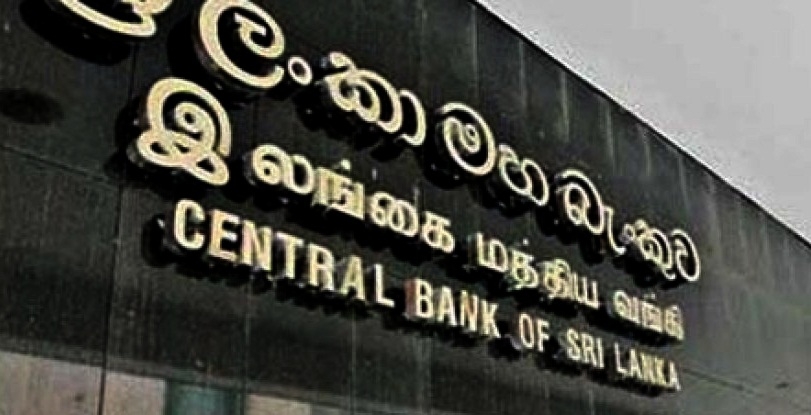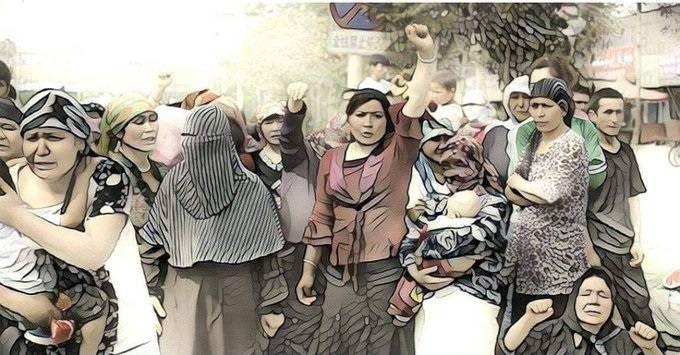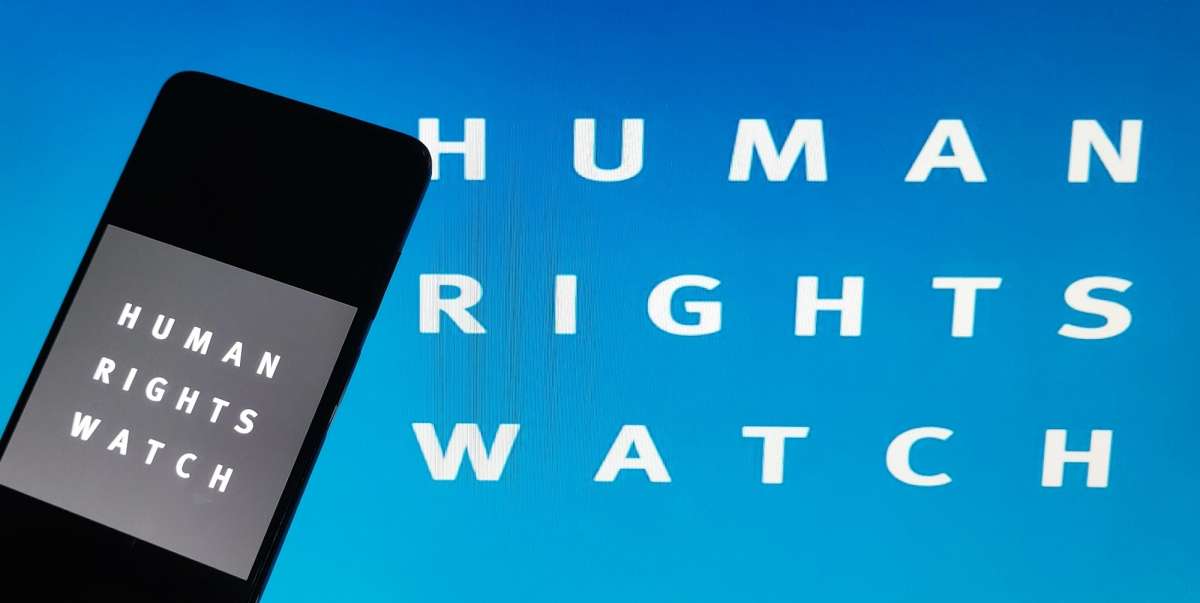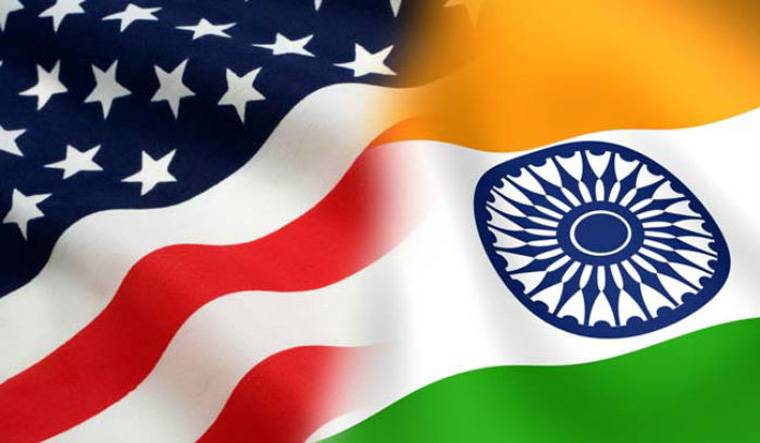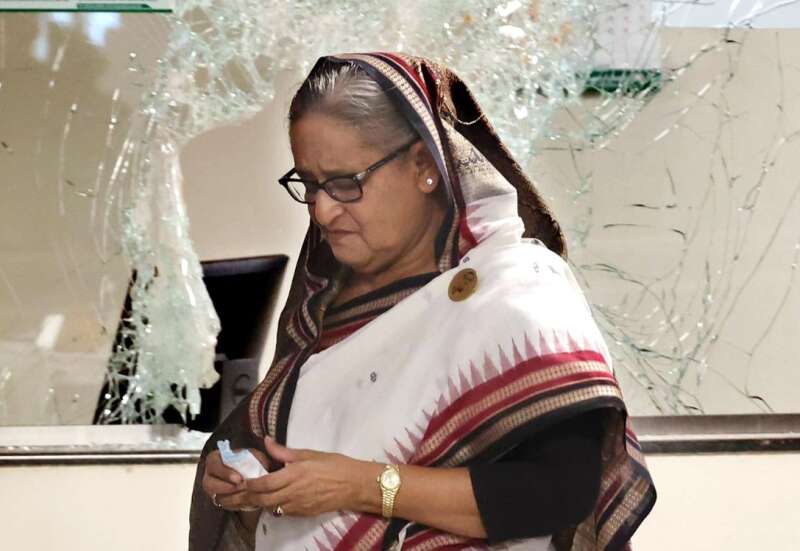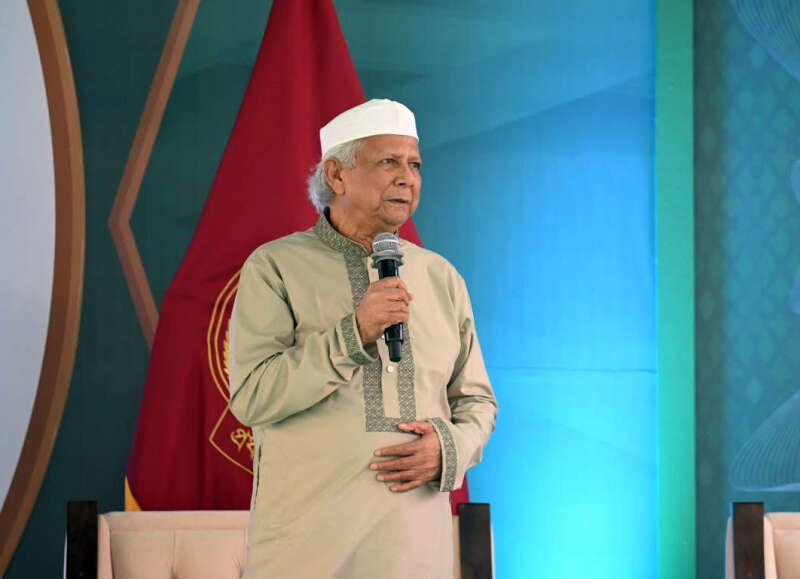It means the sum of the scores generated by the model on all 32 increased sharply to 2,234 from 1,744 since May…reports Asian Lite News
The Central Bank of Sri Lanka on Thursday’s announced its to maintain the Standing Deposit Facility Rate and Standing Lending Facility Rate at the current level of 14.50 per cent and 15.50 per cent, respectively.
Its Monetary Board made the decision after considering recent and expected developments related to both the domestic and global economy as well as macroeconomic projections, Xinhua news agency quoted the bank as saying in a statement.
The board noted that sticking to a tight monetary policy stance is necessary to contain any demand-driven inflationary pressures on the economy.
This will help the Southeast Asian country lower inflation towards the targeted range of 4-6 per cent over the medium term, according to the bank.
Supported by favourable supply-side developments and tight monetary policy measures, inflation dipped in October after passing the peak in September, the bank said.
Inflation will continue to decline in the coming months largely due to a drop in demand, expected improvements in domestic supply, and normalization of global commodity prices, according to the statement.
Currency crisis
Nomura Holdings, Japan’s top brokerage and investment bank, has warned that seven countries — Pakistan, Egypt, Romania, Sri Lanka, Turkey, Czech Republic, and Hungary — are now at a high risk of currency crises.
The Japanese bank said that 22 of the 32 countries covered by its in-house “Damocles” warning system have seen their risk rise since its last update in May, with the largest increases in the Czech Republic and Brazil, Geo News reported.
It means the sum of the scores generated by the model on all 32 increased sharply to 2,234 from 1,744 since May.
“This is the highest total score since July 1999 and not too far from the peak of 2,692 during the height of the Asian crisis,” Nomura economists said, calling it “an ominous warning sign of the growing broad-based risk in EM currencies”, Geo News reported.
The model crunches eight key indicators — a country’s foreign exchange reserves, exchange rate, financial health, and interest rates — to give an overall score.
Based on data from 61 different EM currency crises since 1996, Nomura estimates that a score above 100 indicates a 64 per cent chance of a currency crisis in the following 12 months.
ALSO READ-Lanka President vows to crush attempts to topple govt


